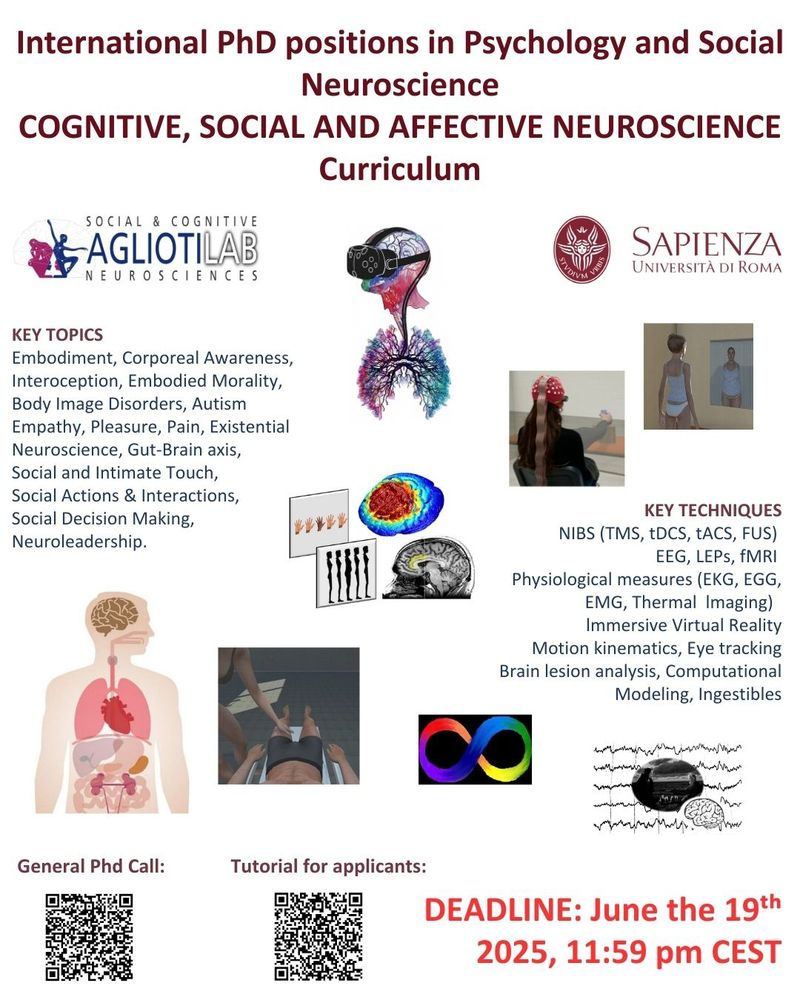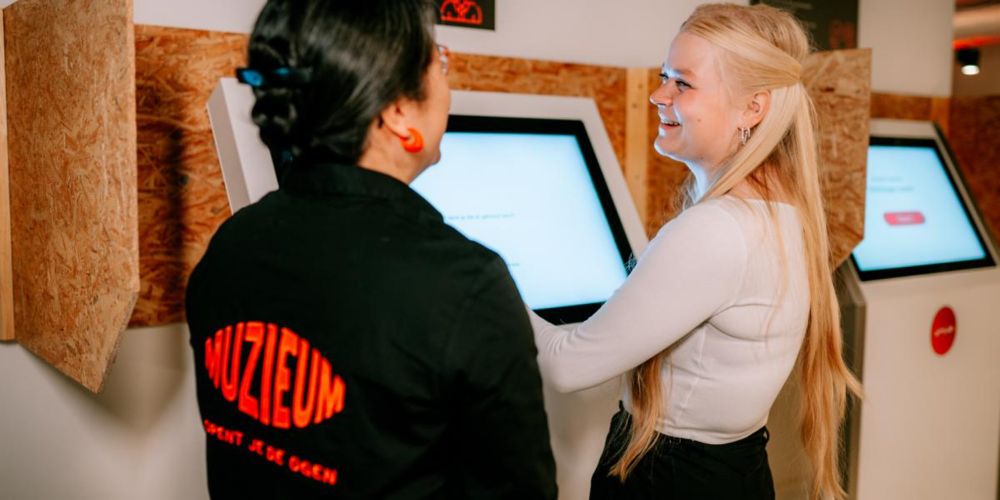Marco Gandolfo
@marco-gandolfo.bsky.social
1.1K followers
670 following
18 posts
Postdoc in visual cognitive neuroscience - Donders Institute, Radboud University -
https://sites.google.com/view/marcogandolfo/publications
Posts
Media
Videos
Starter Packs
Reposted by Marco Gandolfo
Reposted by Marco Gandolfo
Reposted by Marco Gandolfo
Reposted by Marco Gandolfo
Reposted by Marco Gandolfo
Reposted by Marco Gandolfo
Reposted by Marco Gandolfo
Reposted by Marco Gandolfo
















